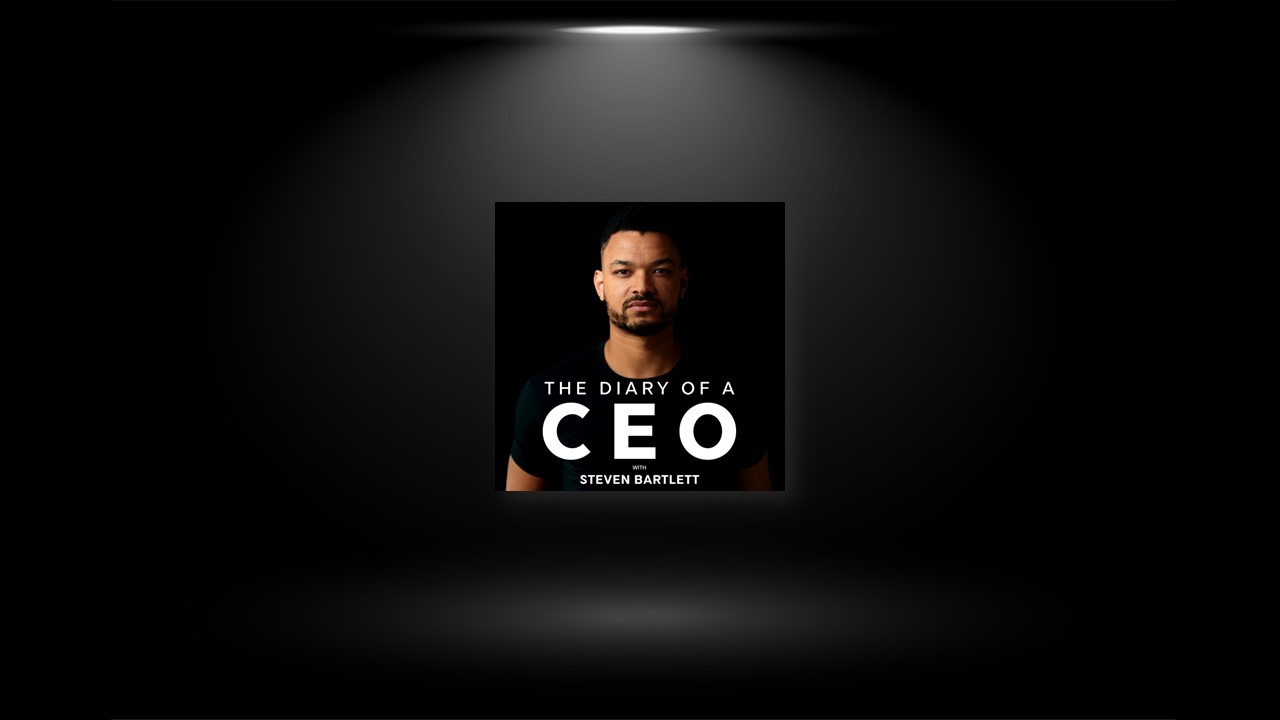Lesson #1
As we look over history, this is the one thing that every great speaker, renowned author and prominent intellectual has in common. When Prospect magazine released their list of the top 100 modern intellectuals, every name on the list followed this law.
Whether it’s leading modern authors like James Clear, Malcolm Gladwell or Simon Sinek who write tweets, online blogs and create social media videos, or ancient philosophers like Aristotle, Plato and Confucius, who wrote on papyrus scrolls and spoke on stages, they all abide by this crucial law; all of them have created an obligation to teach, and in turn they’ve become masters of both knowledge and delivery.
Learn more, simplify more and share more. Your consistency will further your progress, the feedback will refine your skill and following this law will lead to mastery.
Lesson #2
When you find yourself disagreeing with someone, avoid the emotional temptation, at all costs, to start your response with ‘I disagree’ or ‘You’re wrong’, and instead introduce your rebuttal with what you have in common, what you agree on, and the parts of their argument that you can understand. If we start from a place of agreement, of common ground, we increase the chance that the strength of our arguments, the accuracy of our logic and the weight of the evidence will be received at all.
Tali Sharot’s studies in neuroscience now provide clear scientific evidence that shows why this approach of making someone feel ‘heard and understood’ is so crucial in changing someone’s mind. It’s no surprise that the people who are most likely to change our minds are the ones we agree with on 98 per cent of topics – we feel that they fundamentally understand us, so we’re more open to listening to them.
In the midst of a negotiation, debate or heated argument, try and remember that the key to changing someone’s mind is finding a shared belief or motive that will keep their brain open to your point of view.
Lesson #3
Beliefs are stubborn, but they are malleable. To change a belief, a person must find a way to attain convincing new evidence that they can trust. They’re more likely to believe the validity of this new evidence if its source agrees with their other existing beliefs. Evidence that offers positive outcomes is the easiest evidence for someone to believe.
If you interrogate the validity and detail of one of your own limiting beliefs, your conviction in it will weaken. If you want to change someone’s belief, don’t attack it, make them a direct witness to positive new evidence that will both inspire them and counteract the negative effects of their old beliefs. Unchallenged limiting beliefs are the greatest barrier between who we are and who we could be.
Lesson #4
Willpower is a limited resource, it’s obvious that the more pressure, restrictions and strain you put on yourself while trying to make new habits and break old ones, the less chance you have of achieving them and the more chance you have of rebounding.
Fighting habits is a bad idea – it will drain your willpower and increase your chances of yo-yoing back into the habit. This is why unsustainable crash diets do not work – any time you feel like you’re depriving yourself of something that you really want, you nearly always fail. For instance, in a 2014 study, almost 40 per cent of people said they failed to keep their New Year’s resolutions because their goal was too unsustainable or unrealistic, and 10 per cent said they failed because they had too many resolutions.
If you want to overcome a habit, do not fight against it. Work with your habit loop and use positive action to replace it. Do not take on more than one bad habit at once; the more you try and change, the less your chances of changing anything. While you’re creating your new habit, make sure you take care of yourself and get as much sleep as you can.
Lesson #5
Charles Darwin’s theory of evolution and ‘survival of the fittest’ posits that not making small adaptations can result in extinction, while small mutations create a survival advantage. This idea serves as a fitting analogy for the kaizen philosophy.
As Charles Darwin argued, an individual’s success won’t be determined by a single stroke of genius. Instead, it will be the by-product of a philosophy that fosters gradual evolution, mutation and adaptation in any and every aspect of an organism, over an extended period of time.
In aviation there’s a principle called the ‘1 in 60 rule’, which means that being off target by 1 degree will lead to a plane missing its end destination by 1 mile for every 60 miles flown. This concept also applies to our lives, careers, relationships and personal growth. Just a small deviation from the optimal route is amplified over time and distance – something that feels like a small miss now can create a big miss later.
This highlights the need for the real-time course corrections and adjustments that the kaizen philosophy provides. If we are to be successful, we all need simple rituals to assess our course and make the necessary small adjustments, as frequently as possible, in all aspects of our lives.
Lesson #6
This law proves that the higher your failure rate, the higher your chances of success. It will inspire you to start failing much faster than you currently are!
If you want to maximise the return from every failure, it is crucial to disseminate the details of each failed hypothesis, experiment and outcome throughout your organisation. This information represents a form of intellectual capital that can serve as a foundation for future experiments. By openly sharing failures, you can prevent the duplication of unsuccessful efforts, stimulate the development of new ideas, and foster a culture of continuous experimentation. As Thomas Edison said, ‘I have not failed. I’ve just found 10,000 ways that won’t work.’
Failure is not a bad thing, and to increase your chances of success you need to increase your failure rate. Every time something is tried and found not to work, valuable information is gained that can be shared with your team. Businesses that experiment faster, fail faster, and then continue to experiment, nearly always outpace the competition.
Lesson #7
In business – especially if you have dreams of creating a really big business – it’s not about learning how to do something, it’s about knowing who can do it for you. Business is all about people. Every company, whether they realise it or not, is simply a recruitment company. Every CEO and founder will be judged simply on their ability to 1. hire the best individuals, and 2. bind them with a culture that gets the best out of them – where they become more than the sum of their parts, where 1 + 1 = 3.
You are a recruitment company – that’s your priority, and founders that realise this, build world-changing companies. When we need something done, we’ve been trained to ask ourselves: ‘How can I do this?’ The better question, which the world’s greatest founders default to asking, is ‘Who is the best person that can do this for me?’
Lesson #8
It is impossible to seamlessly blend into a team as a jigsaw piece unless you comprehend the unique shape of each of your team members. Sir Alex Ferguson’s acumen in this regard was legendary, as attested to by his former players and staff, and even rival managers. He possessed an encyclopedic knowledge of everything from the hobbies of his players’ wives to the names of their pets, and as Rio Ferdinand told me, even their grandfathers’ preferred brand of whisky.
More significantly, he knew that every member of his team was propelled by vastly different motivators. While one player may have thrived under Ferguson’s infamous ‘hairdryer’ treatment (where he would shout angrily at them in the dressing room or on the training ground), another may have required a more compassionate approach, and still another may have been motivated by a more hands-off approach. This is why Ferguson didn’t have to be the tactical mastermind that many assume he must have been, but rather an emotional savant. When you’re in the business of motivating people, emotional management is everything.


